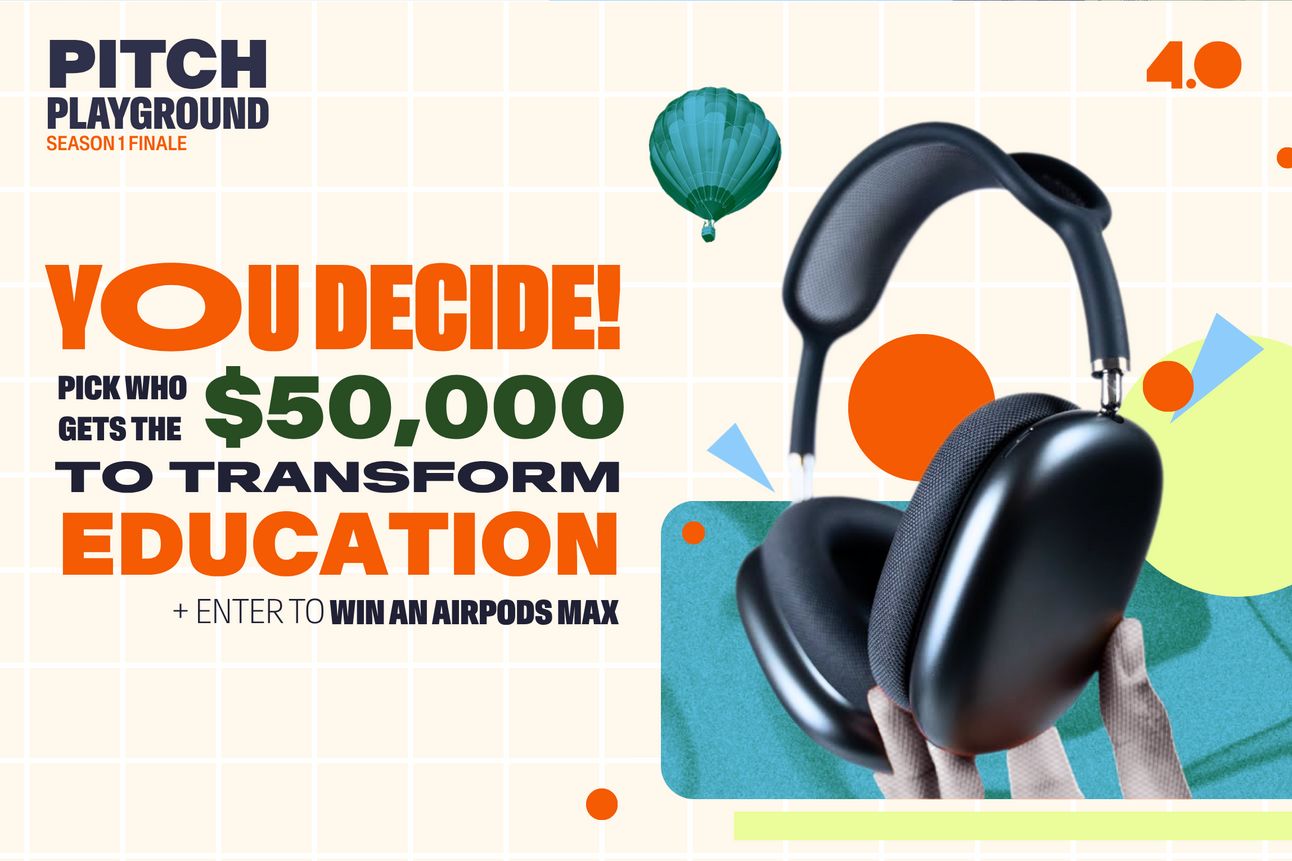- Playground Post
- Posts
- 🛝 Health Misinformation, AI Fails at Math, and Bilingual Kids
🛝 Health Misinformation, AI Fails at Math, and Bilingual Kids
What these mean for you
Welcome to Playground Post, a bi-weekly newsletter that keeps education innovators ahead of what's next.
Here's what we have on deck for today…
How North Salem Cracked the Code on Health Misinformation
AI Fails at Math
There are 5.3 million bilingual kids in the US
The $50K Pitch Battle Finale Is Here - Time to Crown a Winner!

This season, education's boldest innovators stepped into the ring at Pitch Playground podcast.
Now, the moment of truth has arrived.
YOU decide who wins the $50,000.
10 incredible entrepreneurs.
10 breakthrough ideas that could transform tomorrow's classrooms.
1 winner chosen by our community.
From AI tackling chronic absenteeism to Indigenous education redesign to mixed reality learning - the innovations are mind-blowing.
Help us crown education's next game-changer.
Cast your vote using this form.
Voting ends June 30th!
New to Pitch Playground?
🎁 Every voter gets a chance to win AirPods Max - we'll randomly pick one lucky judge after voting closes!
How North Salem Cracked the Code on Health Misinformation

Students are spending nearly 5 hours a day online, and much of what they're seeing about health is flat-out dangerous. The problem gets worse because algorithms feed kids more extreme content to keep them scrolling. One "natural remedy" post leads to ten more questionable health claims.
North Salem Middle/High School in New York tried something different: they integrated media literacy directly into health class.
Students learned to spot red flags like "quick remedy" promises and suspicious before-and-after photos. They practiced lateral reading by opening new browser tabs to fact-check claims in seconds.
The opportunity for educators? Develop school programs that integrate media literacy with health education.
AI Helps With Math Anxiety But Fails Basic Problems

Here's the paradox keeping math educators up at night: 56% of students believe AI could reduce their math anxiety, and 15% say it already has. But ChatGPT still gets 25% of algebra problems wrong.
Students are turning to AI anyway because it removes the fear of being judged for not knowing an answer. Unlike asking a teacher, AI won't judge them for a lack of understanding.
The opportunity for education innovators is to build AI specifically designed for math education that combines the anxiety-reducing benefits students love with the accuracy they actually need.
Lost in Translation? This Texas District Found a $5 Million Student Solution

5.3 million kids can't fully participate in American classrooms. That's how many emergent bilingual students are sitting in U.S. schools right now.
"I couldn't ask questions or talk to other students."
That's Elianis, a seventh-grader at Olney Independent School District, describing life before her school started using AI-powered translation devices. Now? She's asking about missed assignments, working on projects solo, and actually making friends.
The district gave students Timekettle X1 devices that translate in real time. Teachers wear one earbud, students wear another, and suddenly, everyone's speaking the same language.
The opportunity here is massive. With 5.3 million potential users and growing, schools need innovators to build affordable, classroom-ready translation tech.
We'll be back with another edition on Friday. See you then!
To stay up-to-date on all things education innovation, visit us at playgroundpost.com.
What did you think of today’s edition? |